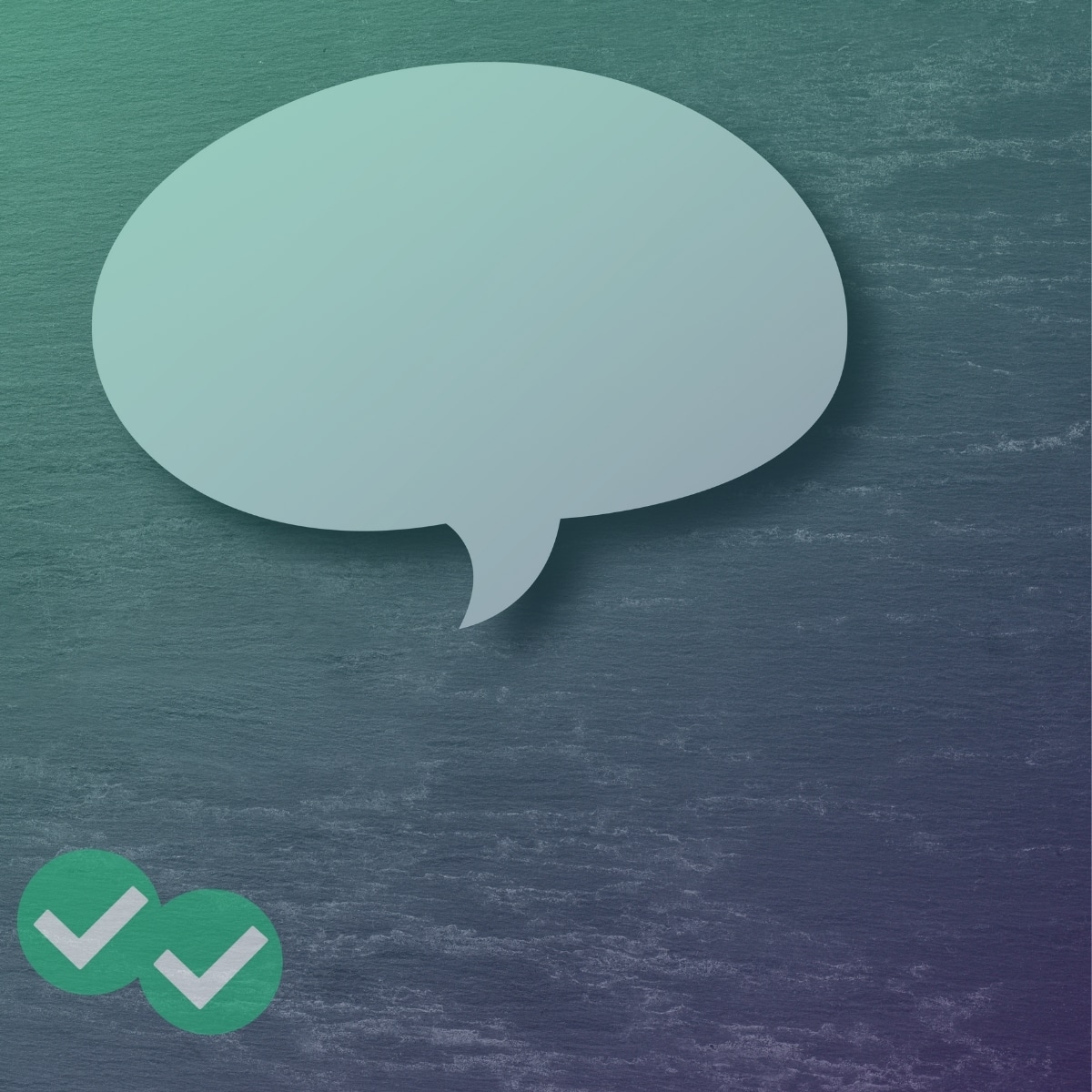
IELTS Writing can scare many students. But it doesn’t have to! By understanding what the IELTS General Training Writing Task 1 asks of you and how to get a high score, you’ll be able to go into test day relaxed and ready to do your best. So just what IELTS General Writing tips and tricks do you need?
In this post, we’ll look at everything you need for IELTS General Training Writing Task 1. This includes sentence structure, vocabulary, organization and word choice. And don’t worry—you’ll see plenty of useful practical examples along the way, too! (Also note that this guide is an excellent supplement for those following a Magoosh IELTS study schedule. In fact, we specifically recommend this guide for our one week IELTS study plan.)
Table of Contents
- IELTS General Training — Writing Task 1 Information
- IELTS General Training — Writing Task 1 Quick Tips
- How Do I Write the Letter for General Training?
- How Can I Prepare for IELTS General Training Writing Task 1?
- How Can I Get a High Score in General Task 1?
- Sample Questions and Model Letters for General Training Task 1
- IELTS General Writing Task 1 Tips & Free Videos
IELTS General Training — Writing Task 1 Information
Basic Instructions
In the IELTS General Training Writing Task 1, you need to write a letter responding to a given situation, explaining the situation or requesting information. In this task, you should spend 20 minutes writing a 150-word letter.
Types of Letters
There are two main types of letters in IELTS: formal letters and informal letters.
Personal letters: Writing to someone you know very well, such as a friend.
(There is also a third type of letter, the semi-formal letter. But in this post, we’ll focus on these two main types.)
How can you identify formal and informal letters? What does each one look like? Check out advice and examples from one of Magoosh’s resident IELTS experts, Eliot!
General Task 1 Scoring
Overall, your response to the IELTS General Training Writing Task 1 is worth 1/3 of your writing score.
More specifically, your score on this task depends on:
- Task achievement
- Coherence and cohesion
- Vocabulary
- Grammar
Word Count
Keep in mind that you have to write at least 150 words in response to the IELTS General Training Writing Task 1. The examiner does actually check this, so it’s important! Get into the habit of counting your words as you practice.
Not sure how to count your words? Find out more about IELTS word counting here! Choosing the correct Task 1 language will show that you understood the task and can change your tone according to circumstance.
IELTS General Training — Writing Task 1 Quick Tips
What do you need to succeed on Task 1? Here are a few key IELTS Writing tips and tricks for General Training Task 1!
- Only spend 20 minutes on Task It’s only worth 1/3 of your score, after all. You’ll need all of your remaining 40 minutes for Task 2!
- Don’t write an address. It’s not required. In fact, the task tells you not to do it. It’s a waste of time, so focus on other parts of the task.
- Pay attention to the prompt. In particular, evaluate right away whether you need to write a formal or an informal letter, depending on the recipient and purpose.
- Ensure you meet the minimum word count. You’ll get a score penalty if you write fewer than 150 words.
How Do I Write the Letter for General Training?
Now that you know what the IELTS General Training Writing Task 1 requires in general, here are some specific tools you can use to meet its requirements.
Formal or Informal?
When you’re reading the prompt, the first thing you need to do is to decide whether the letter is formal or informal.
First, look at the person you’re writing to. If you don’t know who the person is, it’s a formal letter. This includes cases where you’re unsure about the identity of the specific person who will receive the letter, like when you’re writing to a company. However, it also includes cases where it’s a person you’ve never met, like the director of an internship program.
Notice that formal letters may also be required when you’re writing to someone you do know but in a formal situation. This includes writing to a boss or a professor.
Identifying an informal letter tends to be easier. If the letter is to a friend or family member, it is informal.
Next, look at the situation given in the prompt. If the situation is regarding your career or schooling, it is likely formal.
Openings and Signing Off
Why is it so important to determine whether the letter is formal or informal? For openings and sign-offs, among other things!
Ensure that you show the examiner that you understood the prompt by correctly using openers and closers. Below are some examples.
Formal letters
Opening: Dear Sir/Madam
Closing: Yours faithfully + your full name
Personal letters
Opening: Dear + the first name of the recipient
Closing: Best regards + your first name
Sentence Structure and Phrases
As you write your IELTS General Training Writing Task 1, it’s important that you use a variety of different sentence structures and phrases. This shows the examiner that you can use English fluently. In fact, one thing you’ll be graded on is how well you use different sentence structures.
Using the same sentence structures repeatedly makes your writing sound very simple. For example, sentences that continually begin with “I + verb” get repetitive.
Here are a handful of IELTS sentence structures you can use to mix up your writing. However, keep looking for different structures in your reading, as well! You can then incorporate these into your writing later.
In terms of phrasing, it’s important not to keep repeating the same words. Before you start writing, you might come up with different synonyms to mix into your letter.
For example, if you need to write a letter asking your friend to take care of your pet, words you could use instead of “pet” are:
- Specific animal words (dog, cat, rabbit)>
- The animal’s name (you can make this up!)
- Words like “animal” and “creature”
Similarly, you don’t want to keep using the phrase “take care of,” especially if it’s in the prompt. You could add variety by using phrases like:
- Care for
- Feed and water
- Look after
Tone and Tense
Choosing the correct tone for your letter will depend entirely on whether it is formal or informal. Some words and phrases are OK to use with a friend (like the word “OK”!), but not with an employer. Choosing the correct language will show that you understood the task and can change your tone according to circumstance.
You also want to make sure that you use the correct tenses in your letter. Yes, tenses (plural!). While most letters will be about a future situation, you will also need to use other tenses depending on the situation. For example:
- Present progressive: “I am writing to you…”
- Simple present: “I always love taking vacations with you”
- Conditional: “It would be so fun to go on a vacation together”
- Past tenses: “I remember when we went to Spain and had a lot of fun.”
Help keep your letter in the correct tense by noting which tenses are appropriate for the scenario as you read the prompt.
How Can I Prepare for IELTS General Training Writing Task 1?
The absolute best thing you can do to prepare for IELTS General Training Writing Task 1 is to improve your English through repeated practice. This sounds simple and general! However, there are some specific things you can do to get ready.
- Study grammar and vocabulary daily. Getting a good grammar book is crucial. Meanwhile, practice 15-20 new vocabulary words a day.
- Read in English daily. The more you can practice with newspaper articles, magazines, and web content, the easier you’ll find IELTS materials. Overall, aim for about 75% of this reading to be pretty easy to understand, and for 25% of it to challenge you.
- Use English-to-English dictionaries. Yes, I know it’s harder than using dictionaries in English-to-your-native-language! But it will help you so much to find synonyms and learn how to describe terms.
- Write—a lot. The more you write, the more fluent you’ll become. Practice with journals, practice questions, emails to friends. Practice as much as you can!
Paper-Based Versus Computer-Based
As you practice, it’s important to write in the same format you’ll see on test day. If you’re taking the computer-based IELTS, practicing on a computer is best. If you’re taking the paper-based test, practice on sample writing answer sheets.
This may seem obvious, but a lot of test-takers hesitate to write long-hand (on paper), particularly if they have been out of school for a while. This can make the task seem even more strange and unfamiliar on test day! Get the practice in now, and you’ll be better prepared for the exam itself.
How Can I Get a High Score in General Task 1?
The first thing to do is to set yourself up for success by practicing productively! But it’s also really important to know how you will be graded on the exam.
For IELTS General Training Writing Task 1, you’ll be graded on four criteria:
- Task achievement: how well you satisfy the requirements of the task
- Coherence and cohesion: how well your writing flows, using paragraphing and transitions
- Vocabulary: how well you use a range of vocabulary in a natural way
- Grammar: how well you use a variety of grammatical structures in a natural way
The British Council has a rubric where you can see how they classify each of these criteria at each band descriptor.
Wondering how to score in one of the top band descriptors? Here’s Eliot again, sharing his IELTS Writing tips and tricks for General Training. In particular, he’ll give you his advice for scoring 8+ on IELTS Writing!
Sample Questions and Model Letters for General Training Task 1
So what does this look like in practice? Here are some model letters you can use as a guide!
Informal Letter
Prompt:
You just moved to a new city for work. Write a letter to a friend. In your letter,
- Tell your friend about your work.
- Describe your new city.
- Invite your friend to visit you.
Response:
Dear Juliette,
How are you doing these days? I wanted to update you on my life here in Vancouver now that I am settled.
I moved to Vancouver for work last month. A small but promising company working on artificial intelligence offered me a position as a project manager. My work consists of making sure that the different engineering teams are working towards the same goal. I currently oversee two major projects.
Vancouver is a stunning city. I get to see the sun rise over a beautiful mountain range and gently set on the ocean. The mild climate allows me to commute to work on my bicycle. There is also a bustling art scene that I think you would enjoy!
I would love to see you and take you around Vancouver sometime. I set up my study so that I can host a guest. You mentioned that you would like to go kayaking. July and August would be a perfect time to go kayaking along the fjords.
Let me know when you would like to visit! Please keep in touch and let me know how you are doing these days. I can’t wait to see you again!
Best,
Fujiko Kine
Want to see another example? You can find an additional model informal letter here!
Formal Letter
Prompt:
You recently rented a car for a business trip. When you received the bill from the rental company, there were some charges that did not seem correct.
Write a letter to the rental company. In your letter
- Provide the dates of your rental contract and the purpose of your trip.
- Describe your confusion with the bill.
- Say what you would like the rental company to do.
Response:
Dear Sir or Madam,
I am writing this letter to clarify a charge on my bill for a car I recently rented from your company.
I rented a car at your Boston Logan International Airport location for five days beginning on June 23. I was on a business trip that did not take me outside of the greater Boston area.
I did not come across any toll booths or see any signs indicating that I would need to pay tolls on this trip. The representative at the rental location said nothing about needing to pay tolls on this trip either. I also do not recall incurring toll charges in my previous trips to the United States. For this reason, I am confused about the toll charge on this most recent bill.
Would you please explain this toll charge? When and where did I incur it? Thank you for your attention to this matter. I eagerly await your response.
Cordially,
Ben Ore
Want to see another example? You can find an additional model formal letter here!
More Practice
Still want more? I’m impressed! Take a look at these example letters for IELTS General Training Test Writing Task 1.
Then, take a look at some of the IELTS official prompts: here and here. Practice with them using the models above! Then, take a look at sample answers and their band descriptors at the IELTS site to understand the band score your responses would likely achieve.
IELTS General Writing Task 1 Tips & Free Videos
Congratulations! That’s all of the basic information you need to succeed on IELTS General Training Task 1. Now that you’ve mastered these IELTS writing tips and tricks for General Training, you’re set up for success.
However, if you want even more IELTS Writing tips and tricks for General Training, check out our video on improving your IELTS writing. Then, return to Eliot to learn about some IELTS mistakes to avoid. From there, check out IELTS paraphrasing tips to raise your score even more. And finally, check out our complete guide to IELTS Writing. Good luck!






Leave a Reply